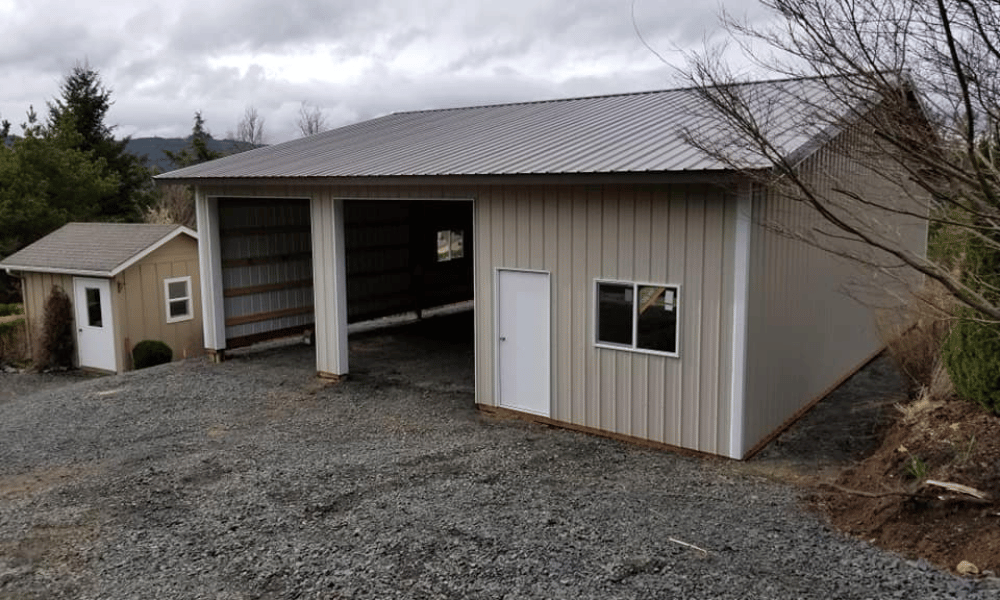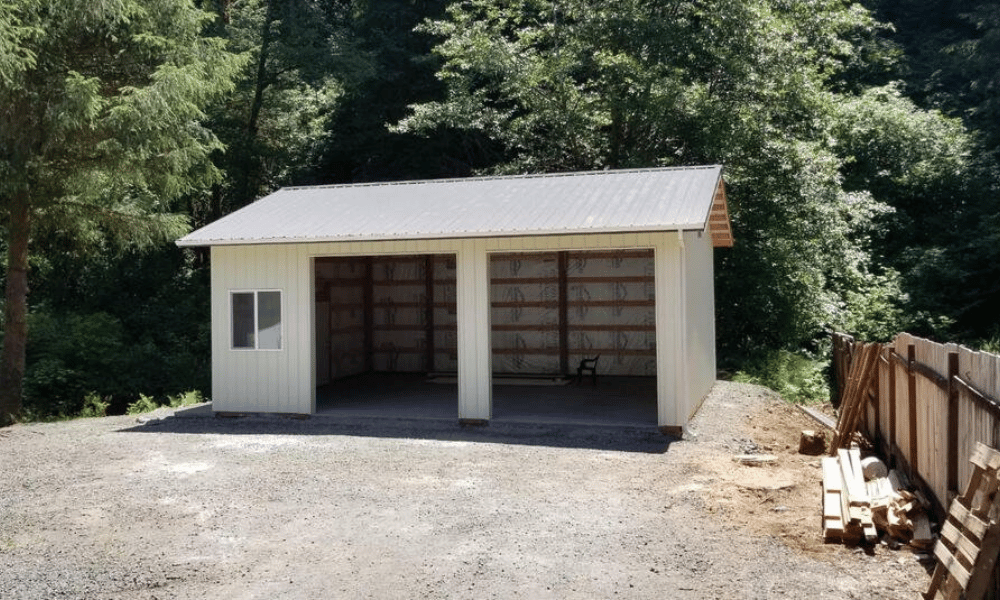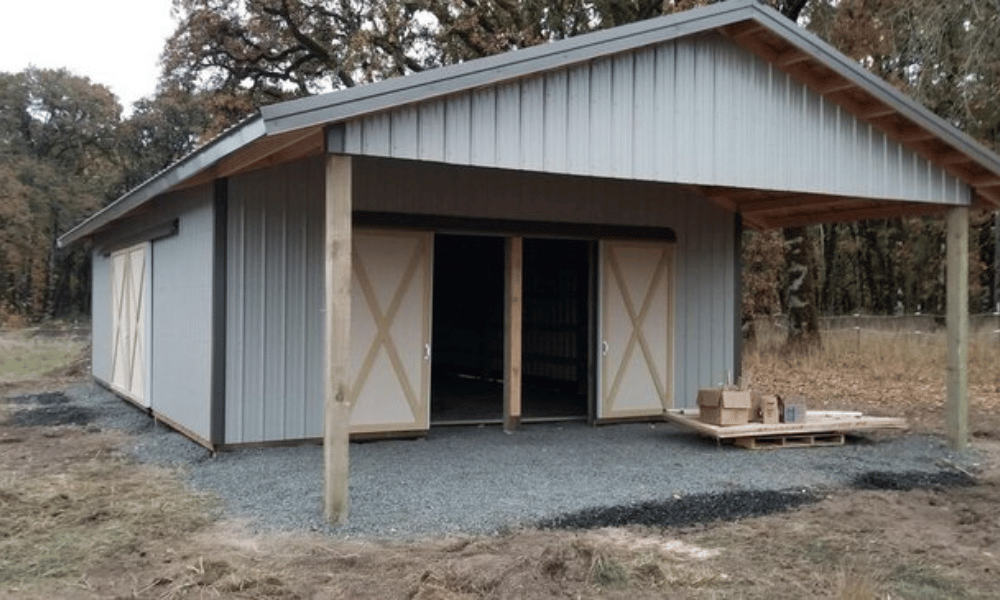Introduction
In an age when sustainability is more than just a buzzword, it’s crucial to explore innovative and eco-friendly building methods. One such method that has gained popularity among builders is pole barn construction. Known for its versatility and cost-effectiveness, pole barns can serve various purposes—from agricultural storage to residential homes. However, one aspect often overlooked in pole barn construction is insulation. This article dives deep into Pole Barn Insulation: A Sustainable Approach for Eco-Conscious Builders, exploring why insulation matters, the best materials to use, and how you can create a sustainable pole barn that aligns with eco-conscious values.
Understanding Pole Barns
What is a Pole Barn?
A pole barn is a type of structure that utilizes vertical poles as the primary support pole barn https://www.deanlindseyconstruction.com/pole-barn-garages-and-workshops https://www.deanlindseyconstruction.com/pole-barn-carports-and-awnings system. Unlike traditional buildings that require extensive foundations, pole barns are built using fewer materials, making them both cost-effective and environmentally friendly.
Benefits of Building a Pole Barn
Cost-Effectiveness: With less material needed for construction, savings can be significant. Versatility: They can be used for various applications—storage, workshops, or even homes. Quick Construction: The design allows for faster build times compared to conventional structures.Why Insulate Your Pole Barn?
Insulating your pole barn isn't just about keeping the heat in during winter; it’s also about creating a comfortable living environment year-round while reducing energy costs. Proper insulation minimizes heat loss in winter and keeps temperatures manageable in summer.
Pole Barn Insulation: A Sustainable Approach for Eco-Conscious Builders
The Importance of Insulation in Sustainability
Insulation plays a critical role in energy efficiency. By reducing the amount of energy required to heat or cool your space, you’re inherently decreasing your carbon footprint. Sustainable insulation materials contribute further by reducing reliance on fossil fuels.
Choosing Eco-Friendly Insulation Materials
When considering insulation options for your pole barn, eco-conscious builders have several sustainable choices:
Fiberglass: Often made from recycled glass materials. Cellulose: Made from recycled paper products. Spray Foam: Although typically less eco-friendly, there are bio-based variants available. Sheep's Wool: A natural insulator that adds warmth and absorbs moisture.Types of Pole Barn Insulation
Fiberglass Batts
Pros:
- Cost-effective Easy to install Non-combustible
Cons:
- Can irritate skin during installation Requires careful handling due to air gaps
Spray Foam Insulation
Pros:
- Excellent air sealant High R-value per inch Reduces noise transmission
Cons:
- Higher initial cost Requires professional installation
Cellulose Insulation
Pros:
- Made from recycled materials Good thermal performance Pest resistant with additives
Cons:
- Settling over time may reduce effectiveness Can absorb moisture if not properly installed
Installation Techniques
DIY vs Professional Installation
While some homeowners might feel confident installing their own insulation, professional installation often ensures better results and longevity.
Tips for DIY Installation:
Measure carefully to minimize waste. Wear protective gear (gloves, mask). Ensure proper ventilation during installation.Cost Considerations
Initial Investment vs Long-Term Savings
The upfront cost of insulating your pole barn may seem daunting; however, consider it an investment in energy efficiency that pays off over time through lower heating and cooling bills.
| Material | Initial Cost | Energy Savings | |---------------------|----------------|-------------------| | Fiberglass | Low | Moderate | | Spray Foam | High | High | | Cellulose | Moderate | Moderate |
Climate Considerations
How Climate Affects Your Choice of Insulation
Different climates necessitate different kinds of insulation strategies:
Cold Climates: Focus on higher R-values to retain heat. Hot Climates: Reflective barriers may be more effective alongside traditional insulation methods.Energy Efficiency Ratings
Understanding R-value—it measures resistance to heat flow—is essential when selecting insulation:
Higher R-value = Better insulating properties. Recommended R-values vary based on climate zone; always consult local building codes.Ventilation Systems for Eco-Friendly Pole Barns
Importance of Adequate Ventilation
Good ventilation aids in maintaining indoor air quality and regulating temperature and humidity levels within your pole barn:
Prevents condensation buildup which could lead to mold growth. Improves comfort levels year-round.Common Mistakes When Insulating Pole Barns
Neglecting Air Sealing: Make sure all gaps are sealed before adding insulation. Overlooking Ventilation Needs: Always plan for adequate airflow to avoid moisture issues. Skimping on Quality Materials: Invest in high-quality materials that will last longer.Maintenance Tips for Your Insulated Pole Barn
To ensure your insulated space remains efficient over time:
Conduct regular inspections for moisture or pest damage. Replace or repair damaged sections promptly. Keep the area around the poles dry to prevent rot.Eco-Friendly Practices Beyond Insulation
Incorporating other sustainable practices can enhance your eco-friendly credentials:
Solar Panels: Reduce reliance on grid electricity. Rainwater Harvesting Systems: Utilize water efficiently for irrigation or other uses. Use Reclaimed Materials: Consider using salvaged wood or metal where possible.Frequently Asked Questions (FAQs)
1. How much does it cost to insulate a pole barn?
The cost varies based on material choice and size but generally ranges from $0.50 to $3 per square foot depending on the chosen insulation type.
2. Can I insulate my pole barn myself?
Yes! Many homeowners choose DIY methods; however, hiring professionals ensures optimal results—especially with complex materials like spray foam.
3. What is the best type of insulation for extreme climates?
For cold climates, fiberglass batts or spray foam with high R-values are recommended; cellulose works well in moderate temperatures while reflective barriers help in hot regions.
4. Does insulating my pole barn really save money?
Absolutely! Proper insulation significantly reduces heating and cooling costs over time—making it an investment rather than an expense!
5. Is spray foam safe for the environment?
There are eco-friendly spray foam options available made from renewable resources; however, traditional formulations might contain harmful chemicals—so always check labels!

6. How do I maintain my insulated pole barn?
Regular checks for moisture damage or pests along with timely repairs will keep your insulated areas functioning optimally throughout their lifespan!
Conclusion
In conclusion, embracing sustainability through thoughtful design choices like effective insulation not only enhances comfort but also contributes positively towards our environment—a win-win situation! By investing time into understanding the ins-and-outs of “ Pole Barn Insulation: A Sustainable Approach for Eco-Conscious Builders,” you're setting yourself up not just as a builder but as a responsible steward of our planet's resources! So whether you're looking at new constructions or retrofitting existing structures—remember that every choice counts toward creating a more sustainable future!
This comprehensive guide gives you actionable insights into making informed decisions regarding your pole barn project while catering specifically towards environmentally conscious practices!

